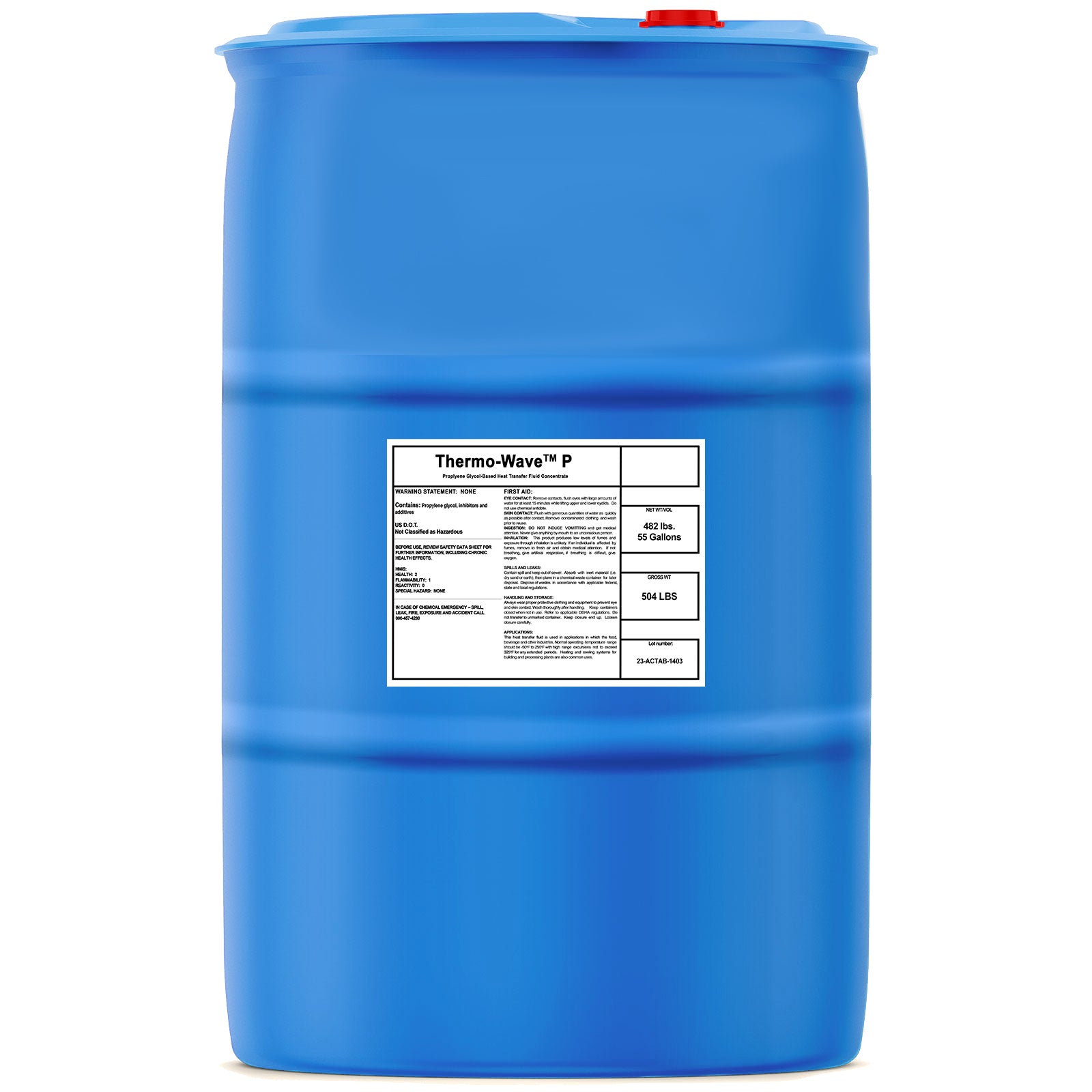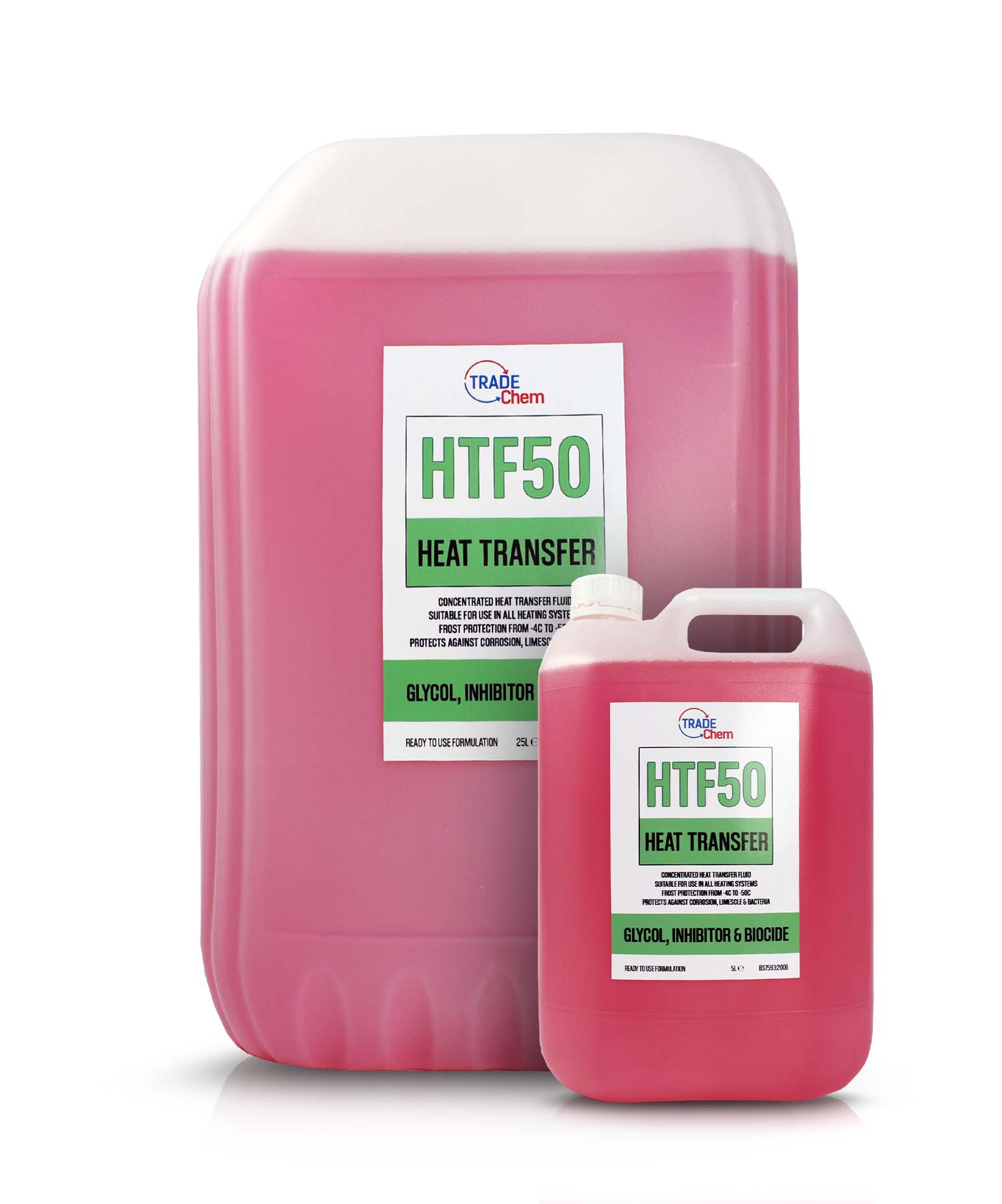Recognizing the Uses of Warmth Transfer Fluid in Industrial Applications
In the vibrant landscape of industrial applications, heat transfer fluids (HTFs) are vital for keeping specific thermal policy, critical to enhancing functional effectiveness and item high quality. From the details of chemical handling to the durable needs of power generation, HTFs are main to making sure secure and reliable warmth exchange.
Duty in Chemical Handling
In chemical handling, warm transfer liquids play a critical duty in keeping exact temperature control, which is crucial for maximizing response prices and making certain item top quality - heat transfer fluid. These liquids are essential in assisting in effective warm exchange between procedure tools, thus allowing the policy of thermal problems within reactors, purification columns, and various other important device. Their capacity to preserve stability under differing thermal tons and environmental problems makes them indispensable in chemical production
The choice of a suitable warmth transfer liquid is identified by elements such as thermal conductivity, specific warm capability, thickness, and chemical compatibility with the procedure materials. High-performance liquids permit rapid home heating and air conditioning, improving the efficiency of endothermic and exothermic responses. Their thermal stability lessens the threat of deterioration or contamination, which can lead to equipment fouling and lowered procedure efficiency.
Along with temperature level regulation, these liquids add to safety and security by avoiding getting too hot and decreasing the possibility for thermal runaway reactions. By providing constant thermal monitoring, warm transfer liquids enhance procedure dependability and can bring about significant energy financial savings. As chemical processes come to be progressively intricate, the importance of choose and keeping optimal warmth transfer fluids can not be overemphasized.

Power Generation Applications
Moving from chemical handling to power generation, warmth transfer fluids think an important role in the production of power. In power generation applications, these fluids contribute in preserving ideal thermal effectiveness and ensuring the reliable operation of nuclear power plant. Various kinds of power generation centers, including fossil fuel-based plants and focused solar power (CSP) systems, depend greatly on warm transfer liquids for efficient energy conversion.
In fossil gas power plants, warm transfer fluids are used to transfer heat from burning gases to water in boilers, producing steam that drives turbines. In CSP plants, heat transfer liquids circulate through solar collectors, absorbing solar energy and moving it to a central receiver where it is made use of to generate vapor.
The choice of heat transfer fluid in these applications is critical, as it impacts the plant's efficiency, safety and security, and ecological impact. Artificial oils, molten salts, and other specialized liquids are commonly made use of, selected based on their thermal security, warmth capability, and compatibility with system materials.
Impact on Food and Beverage Market

In enhancement to improving item high quality, warmth transfer fluids add to operational performance by lessening energy usage and reducing process times. Their thermal security and high warm capability enable fast home heating and cooling cycles, resulting in boosted throughput and cost-effectiveness. Additionally, using food-grade heat transfer fluids, which abide with rigorous safety and security standards, makes sure that there is no risk of contamination, thus guarding public health.
The versatility of warm transfer liquids allows their application throughout a large range of food and beverage procedures, from milk and confectionery to brewing and bottling. By optimizing temperature control, these fluids play an indispensable role in satisfying the progressing needs of the food and drink market while preserving high criteria of top quality and safety and security.
Relevance in Production

An essential element of manufacturing procedures across various sectors is the effective management of temperature level, which is where warm transfer fluids show their importance. These liquids why not find out more play a critical function in maintaining optimum temperatures for varied procedures, making certain item quality, safety and security, and energy efficiency. In industries such as chemical handling, drugs, and plastics, exact temperature control is essential for responses, curing, and molding procedures. Heat transfer liquids help with these regulated environments by soaking up, transferring, and launching heat as needed.
In producing setups, warmth transfer liquids contribute significantly to operational effectiveness and cost-effectiveness. By lessening temperature level variations, they help minimize power usage, consequently reducing click here for more info operational costs and improving sustainability. They enhance the life expectancy of devices by stopping overheating and thermal tension, which can lead to costly downtime and repairs.
Additionally, the flexibility of heat transfer liquids permits them to be personalized for specific applications, suiting a vast array of temperatures and ecological problems. This adaptability ensures regular efficiency, also in the most requiring industrial settings. Inevitably, the critical usage of heat transfer liquids encourages suppliers to enhance their processes, boost product quality, and keep an one-upmanship in an ever-evolving market.
Advances in Heat Transfer Modern Technology
With innovations in warm transfer innovation, industries are experiencing transformative improvements in temperature monitoring systems. This evolution is driven by the development of extra effective heat transfer liquids (HTFs) and innovative system styles. Modern HTFs, such as nano-fluids, exhibit boosted thermal conductivity and stability, which significantly enhance heat exchange procedures. These fluids are crafted to endure severe temperatures while preserving reduced viscosity, lowering energy intake and operational expenses.
Additionally, the assimilation of clever innovation and electronic surveillance systems has reinvented warmth management. Advanced sensing units and IoT tools provide real-time data analytics, allowing specific control and optimization of warmth transfer processes. This leads to improved safety and security, lowered downtime, and extended equipment lifespan.
In addition, the arrival of magnetic and phase-change materials in heat transfer applications marks a considerable leap onward. heat transfer fluid. Magnetic liquids, as an example, offer rapid heat dissipation through electromagnetic field control, while phase-change products successfully save and launch thermal power during phase changes
These technical strides are not just improving performance in traditional industries such as chemical processing and power generation however are also fostering development in emerging fields like sustainable energy systems and electronic cooling, leading the method for sustainable industrial operations.

Verdict
Warm transfer fluids are indispensable to industrial applications, offering precise temperature control and improving functional efficiency. In chemical handling, they make sure optimum activator problems, while in power generation, they contribute to efficient energy usage. The food and beverage market take advantage of consistent temperature monitoring, important for item high quality. Throughout various manufacturing industries, HTFs facilitate power preservation and security advice conformity. Advancements in warm transfer technology remain to maximize these functions, highlighting the vital duty of HTFs in commercial processes.
Comments on “A Comprehensive Overview to Heat Transfer Fluid for Solar Thermal Equipments”